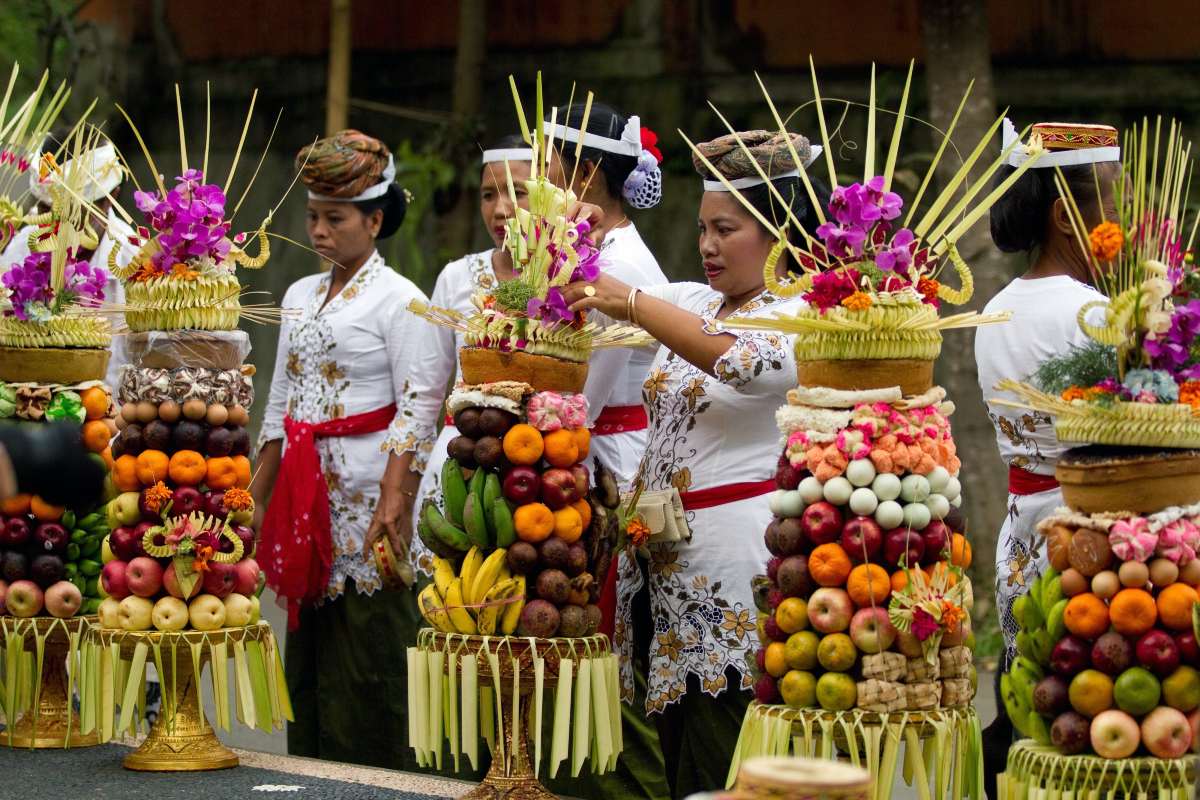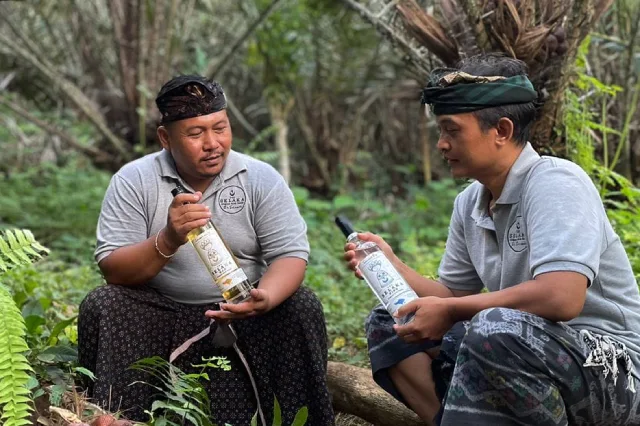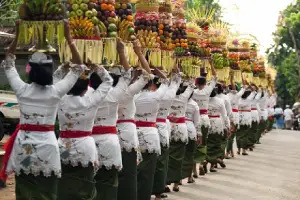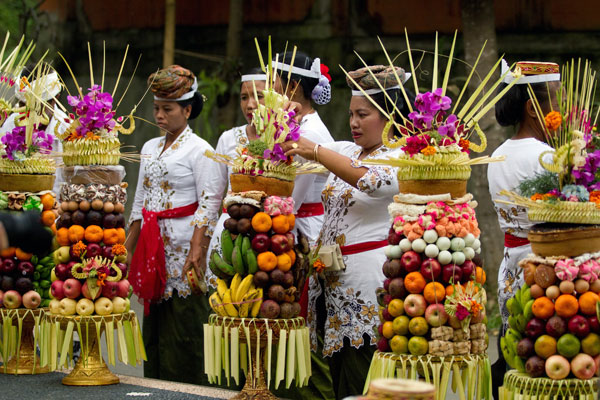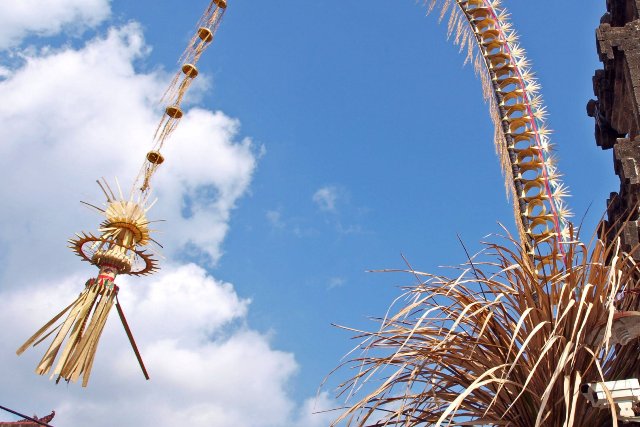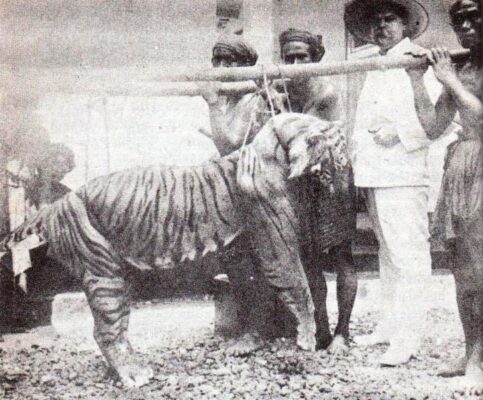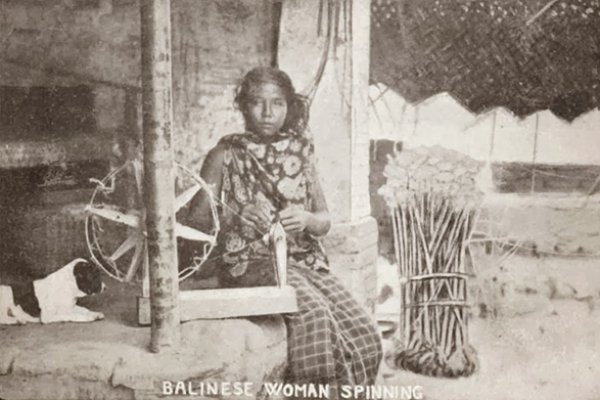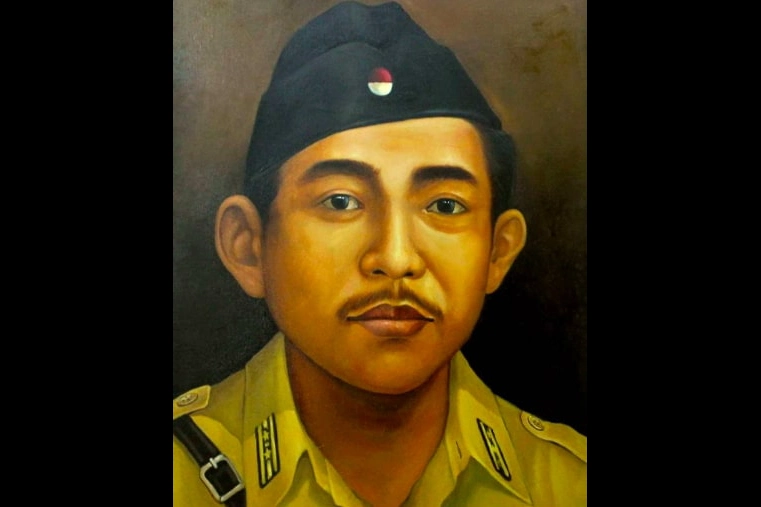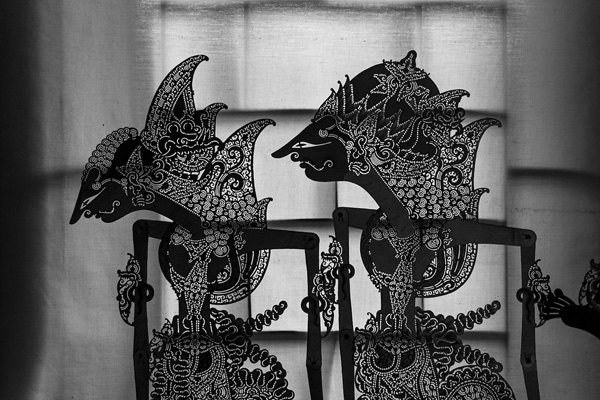Things to Do in Bali
Bali’s Main Religious Festivals & Ceremonies
In the last five decades, Bali’s economy has transformed from agriculture to tourism and its related industries. Despite this shift, the Balinese have maintained their spiritual connection by adhering to cosmic order (dharma) in their daily routine. The Balinese’s unwavering devotion to their spiritual roots is exhibited in their cultural processions and events, which are stunning displays of their unique culture. Bali’s religious celebrations on its holiest days attract visitors worldwide who come to witness the island’s splendid festivities and appreciate the Balinese people’s reverence for life’s every aspect.
Melasti – Cleansing & Purification
The Melasti ceremony is one of the most important religious rituals in Bali, which takes place a few days before the Nyepi ceremony, also known as the “Day of Silence”. This ceremony is a purification ritual to cleanse the body, mind, and soul of the Balinese people before the start of the new year, according to the Saka calendar.
The Melasti ceremony usually takes place near the coast or river, as the water is believed to have the power to purify and cleanse. The ceremony involves the procession of people dressed in traditional Balinese attire, carrying various offerings and sacred objects. The offerings include fruit, flowers, rice, and other symbolic objects. The people chant prayers and hymns while they proceed to the water source.
More about Melasti
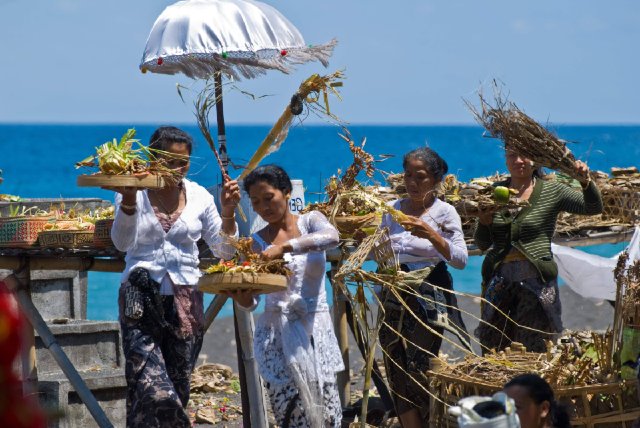
Nyepi & Balinese New Year
Contrary to several other cultures all around the world that celebrate the New Year with sparkling festivities and ending the year with a bang, the Balinese New Year is a six-day celebration. One of the days is dedicated to complete silence – NYEPI, when the entire island comes to a standstill. With no scheduled incoming or outgoing flights from Ngurah Rai airport in Denpasar (DPS). It’s indeed an exceptional experience, not only for the Balinese but also for all the visitors that are in Bali during Nyepi. If you are in Bali during Nyepi, make sure you do not plan any traveling or outside activities.
More about Nyepi

Galungan
Galungan is one of the significant festivals celebrating the victory of dharma (virtue) over adharma (vice). It marks a ten-day period when the spirits of the ancestors are believed to visit the island. Balinese Hindu families will welcome the spirits with prayers and offerings. Dressed in traditional clothes, women balance on their heads the offerings made out of fruit and flowers, stacked up high and neatly in baskets. The streets are filled with the beautiful ‘penjor’, tall bamboo poles decorated with different patterns of woven palm leaves, while the lower base is a unique covered stand made to place some small offerings. The Galungan celebration will go on for ten days until Kuningan, the day when the spirits leave earth.

Kuningan
Kuningan marks the end of Galungan; the time when the ancestor spirits leave the island to return to their heavens above. Special offerings such as yellow rice are prepared (Kuningan is derived from the word kuning, which means yellow) and placed together with fruit and flowers in a small bowl made out of coconut leaves. The offerings stand as a symbol of gratitude for all that life has given in happiness, health and prosperity. It is believed that the ancestor spirits will ascend at midday and all special blessings and offerings should therefore take place before noon.

Saraswati
Hari Raya Saraswati is a day devoted to Saraswati the Goddess of Knowledge and Creativity. Statues and paintings depicts the Goddess as a four-armed beautiful woman dressed in pale-coloured clothes holding a lontar (a palm leaf manuscript), a musical string instrument (usually a type of lute), and a mala (string of prayer beads). She will be sitting or standing on a lotus flower or sometimes sitting on a swan surrounding by lotus flowers. The swan symbolizes, knowing the difference between good and evil, while the water lily or lotus flower indicates holiness.

Pagerwesi
Four days after Saraswati, the Balinese will devote themselves to increase their strength with prayers to the god called Sang Hyang Pramesti Guru. The name Pagerwesi is derived from the Balinese words for iron (wesi) and fence (pager); an iron fence which stands for the fortification against evil forces that might come that year.
Pagerwesi is celebrated in different ways, all depending on your location. In the north of Bali Pagerwesi will be marked similarly as Galungan: penjors, family visits and various delicious meals. While in the south of Bali, the festivities are scaled-down without penjors.
